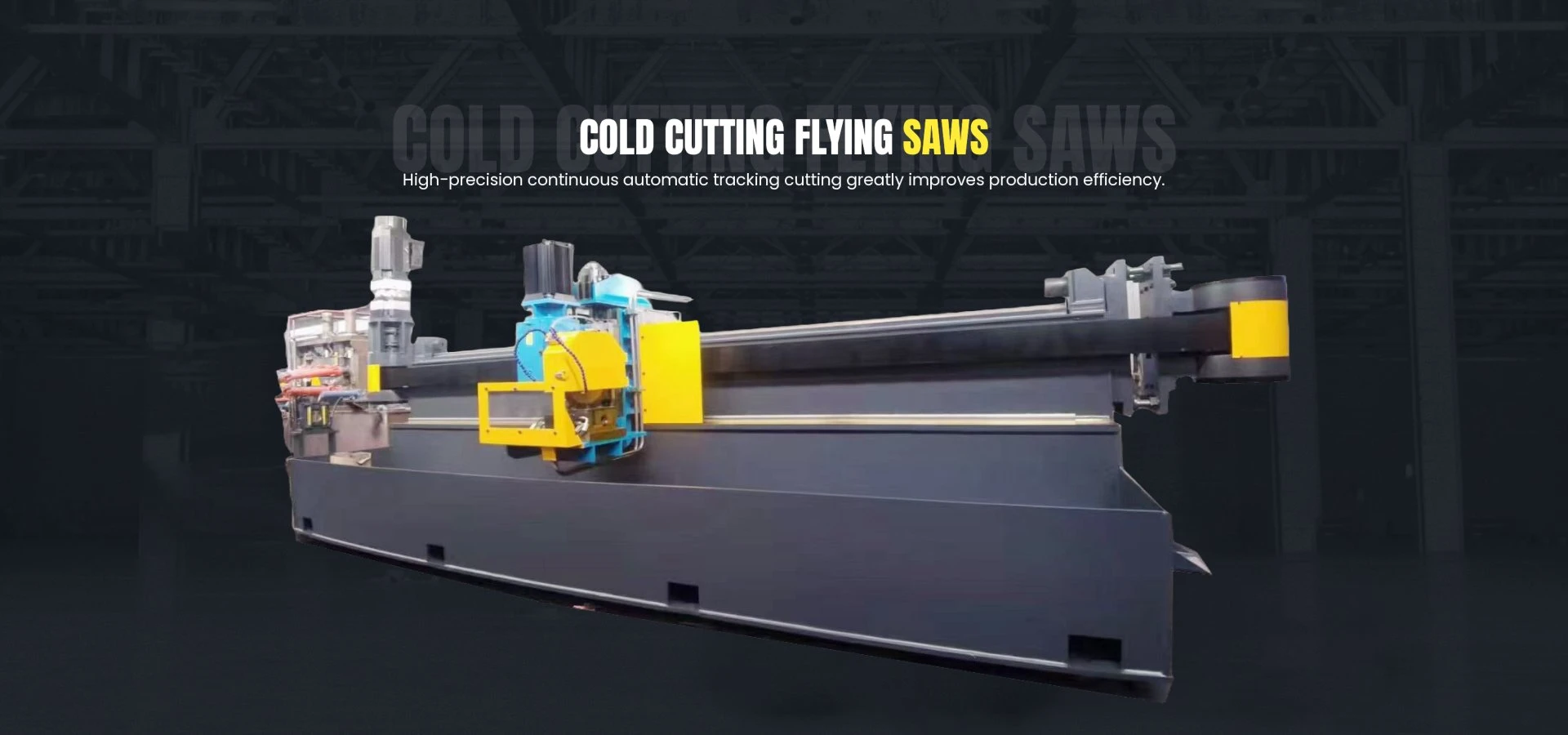Understanding the Functionality and Design of Roll Forming Rollers in Manufacturing Process
Understanding Roll Forming Rollers An Essential Component in Metalworking
Roll forming is an efficient metalworking process that involves the continuous bending of sheet metal into a desired profile. The foundation of this process lies in the use of roll forming rollers, which play a crucial role in shaping the material as it passes through the machinery. This article will explore the significance of roll forming rollers, their design, and their impact on the manufacturing industry.
The Basics of Roll Forming
Before delving into the specifics of roll forming rollers, it's important to understand the roll forming process itself. Roll forming involves feeding a flat strip of metal through a series of rollers, each designed to gradually shape the metal into a specific profile. This technique is widely used for producing components such as metal roofing, architectural trim, and automotive parts, known for its efficiency and ability to create complex shapes.
The Role of Roll Forming Rollers
The primary function of roll forming rollers is to contour the metal strip as it moves through the roll forming machine
. These rollers are meticulously designed to achieve a precise shape with minimal waste. Each roller is positioned at a specific angle and distance from the next, allowing for incremental changes in the profile without causing excessive deformation or wrinkling of the material.Design Considerations
The design of roll forming rollers is a critical aspect of the roll forming process. Rollers are typically made from high-quality steel to withstand the stresses of the bending process. They can be custom designed to meet the specific requirements of different metal profiles. Key design factors include
1. Profile Geometry The shape of the roller must match the desired final product. This requires precision engineering to ensure that the finished profile is accurate.
roll forming rollers

2. Material Selection The choice of material for the rollers affects their durability and performance. Common materials include tool steel and hardened alloys, which can handle high pressures and maintain their shape over time.
3. Surface Finish The surface of the rollers must be smooth to reduce friction and ensure a clean finish on the metal profile. Some manufacturers apply coatings to enhance wear resistance and reduce the likelihood of rust.
4. Alignment and Setup Proper alignment of rollers is essential for consistent quality. Misalignment can lead to uneven profiles and increased production costs due to scrap material.
Advantages of Roll Forming Rollers
One of the significant advantages of employing roll forming rollers is the high efficiency of the process. Roll forming can produce long lengths of metal profiles continuously, which reduces the time and labor required compared to traditional metal fabrication methods.
Additionally, roll forming allows for tight tolerances and excellent repeatability, making it a preferred choice for high-volume production. The process also results in minimal material waste, contributing to cost savings and eco-friendly manufacturing practices.
Conclusion
In conclusion, roll forming rollers are integral components in the roll forming process, facilitating the efficient production of metal profiles used in various industries. Their precision design and material selection significantly influence the quality and cost-effectiveness of the manufacturing process. As technology progresses, innovations in roller design and manufacturing techniques will likely enhance the capabilities of roll forming, further solidifying its place in modern metalworking. Understanding the importance of these rollers can help businesses optimize their production processes and deliver high-quality products to their customers.
-
High Frequency Straight Seam Welded Pipe Production Line-BzZhou Xinghua Machinery Equipment Manufacturing Co., LTD.|line pipe steel&welded gas pipeNewsJul.30,2025
-
High Frequency Straight Seam Welded Pipe Production Line-BzZhou Xinghua Machinery Equipment Manufacturing Co., LTD.|High Precision&Automated SolutionsNewsJul.30,2025
-
High Frequency Straight Seam Welded Pipe Production Line - BzZhou Xinghua Machinery Equipment Manufacturing Co., Ltd.NewsJul.30,2025
-
High Frequency Straight Seam Welded Pipe Production Line-BzZhou Xinghua Machinery Equipment Manufacturing Co., LTD.|Precision Welding, High EfficiencyNewsJul.30,2025
-
High Frequency Straight Seam Welded Pipe Production Line|BzZhou Xinghua|Precision Welding&EfficiencyNewsJul.30,2025
-
High Frequency Straight Seam Welded Pipe Production Line - BzZhou Xinghua|Precision Engineering&EfficiencyNewsJul.30,2025


